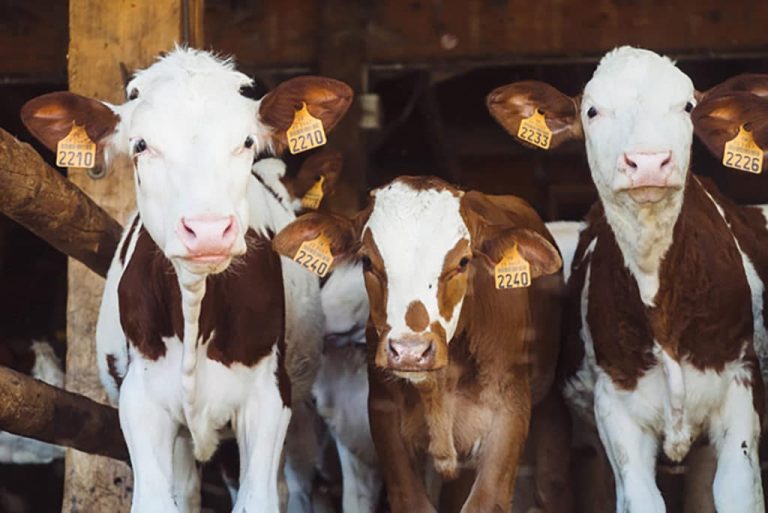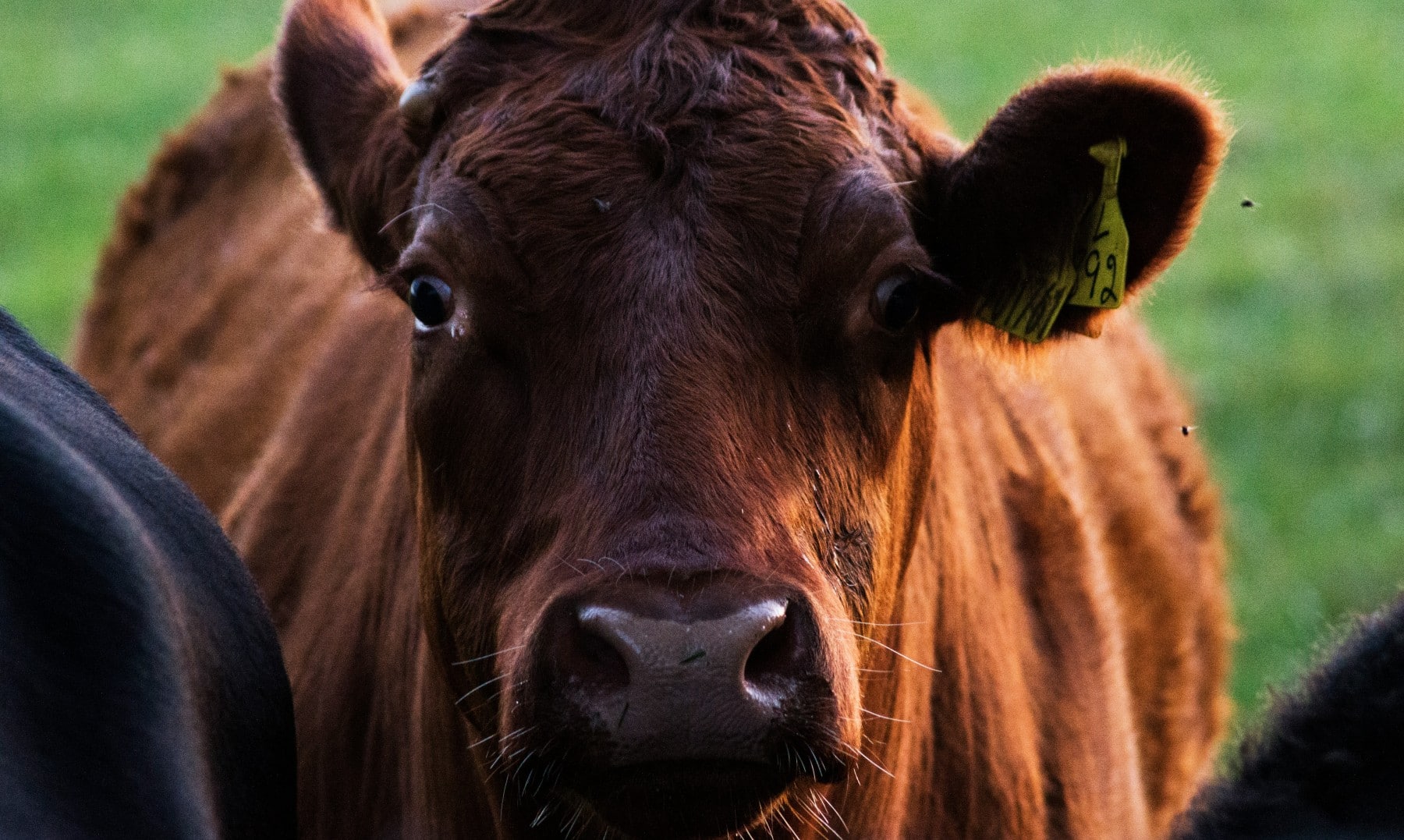
For many backpackers in Australia, the 88-day farm work requirement is a rite of passage. Completing this work allows them to extend their Working Holiday Visa, giving them more time to explore the country. One of the many options available for fulfilling this requirement is working on a dairy farm. This article delves into what it’s like to spend 88 days working on a dairy farm in Australia, sharing insights and experiences from those who have taken on this challenging yet rewarding task.
Table of Contents
Qualifying for the 88‑Day Requirement
The 88‑day specified work requirement is essential for second-year Working Holiday Visas (417/462). Dairy farm roles — such as milker, farmhand, or dairy assistant — located in designated regional postcodes qualify.
Note that you can then renew your WHV for a third year in Australia if you work 6 months in a job in an eligible region while you are on your second year. The eligible jobs and regions are the same as for your first renewal.
🇬🇧 UK passport holders are exempt from specified work requirements since July 2024, but the same roles still count for visa extension.
For more information on Eligible Areas, click here.
Pay Rates from July 2025 — Pastoral Award (Dairy Farm Work)
Under the Pastoral Award 2020, rates as of 1 July 2025:
| Classification | Casual Hourly Rate (inc. 25% loading) |
|---|---|
| FLH7 | AU $35.15 |
| FLH8 | AU $37.76 (higher skill level) |
| FLH5 | AU $32.88 |
Junior rates vary: at age 18 you earn ~AU $24.95/hour (FLH2), or AU $31.19 with casual loading.
Many workers earn above award rates, especially in high-demand regions.
Melissa’s experience
“When I arrived in Australia I had no idea what to expect. I always knew that if I wanted to, I could go and work on a farm for 88 days to qualify for my second year’s visa. I was in my flat in Sydney when I started thinking about regional work. To be honest, I was desperate to get a job. The city was too expensive and my budget was stretched to the limit.
So I travelled across the country with another backpacker to the Perth area. We had not managed to get a job on a farm, but we had a source of income working at a petrol station while we searched. We soon received a job offer on a dairy farm so we left our new jobs in a hurry, though it had meant going back to Victoria. All the travelling back and forth had used up our savings, so we had no other option than to get to work.
We arrived on the dairy farm in the middle of summer, the flies were everywhere and the smell of manure was unmistakable.”
🚐 Cheap Campervan Rental
All our tips & tricks for renting a cheap campervan in Australia! Practical hacks, online comparison sites, promo codes, and more.
Life on the Farm
Early Mornings and Long Days: Dairy farming is synonymous with early starts. Milking typically begins before dawn, around 4 or 5 AM. Days are long, often stretching into the evening with various tasks that need to be completed. It’s a physically demanding job that requires stamina and resilience.
Daily Tasks: The primary responsibility on a dairy farm is milking the cows, which usually occurs twice a day. In addition to milking, other tasks include feeding the cows, cleaning the milking equipment, maintaining the barns, and sometimes assisting with calving. Each day can bring new challenges and learning experiences.
Learning the Ropes: For many backpackers, working on a dairy farm is their first experience with this type of labor. Training is usually provided on the job, and it’s essential to be willing to learn quickly and adapt to the routines. Patience and a positive attitude go a long way in mastering the skills required.

👷 Get your White Card in Australia (with discounts)
Take advantage of special offers to obtain the white card and work in the construction industry.
The Challenges & Rewards
The physical aspect of dairy farming cannot be overstated. Lifting heavy feed bags, handling livestock, and standing for long periods can take a toll on the body. It’s important to maintain good health, eat well, and get enough rest to keep up with the demands of the job.
Working on a dairy farm means being exposed to the elements. Whether it’s the scorching heat of summer or the chill of winter mornings, you’ll need to dress appropriately and be prepared for all types of weather.
Dairy farms are often located in remote areas, far from the hustle and bustle of city life. This isolation can be a challenge for those used to a more urban lifestyle. However, it also offers a chance to disconnect and enjoy the tranquility of the countryside.
Working on a dairy farm hones a variety of skills. From animal husbandry to mechanical maintenance, the experience can be incredibly enriching. These skills can be valuable for future employment opportunities, both within and outside the agricultural sector.
Building Relationships: Living and working closely with fellow backpackers and farm owners fosters strong bonds. The camaraderie developed during these 88 days often leads to lasting friendships and a sense of community.
Dairy farm work is typically well-paid compared to other types of farm work. Many farms provide accommodation and meals, allowing you to save a significant portion of your earnings.
Successfully completing the 88 days of farm work qualifies you for a second-year Working Holiday Visa. This extension opens up more opportunities to travel and work in Australia, making the hard work worthwhile.
Pro Tips for Smooth Experience & WHV Extension
Choose direct farm employers, not labour-hire agencies—this reduces pay issues and ensures superannuation contributions.
Always secure payslips, as undocumented pay may disqualify you from the visa extension.
Wear layers, waterproof footwear, gloves, especially during wet or early-morning shifts.
Plan to arrive early in picking seasons, usually aligning with dairy calving peaks.
Use Harvest Trail or Backpacker Job Board to find dairy roles that qualify for specified work.
Additional Opportunities & Sponsorship Pathways
- Dairy roles are increasingly being offered with visa sponsorship under the Dairy Industry Labour Agreement, often through Subclass 482 (TSS) or 494 (SESR) visas—with annual salaries ranging AU $50,000–65,000.
- Those interested in longer-term work in agriculture can explore these sponsored pathways, especially for specialist roles (e.g., herd managers, AI technicians).


























